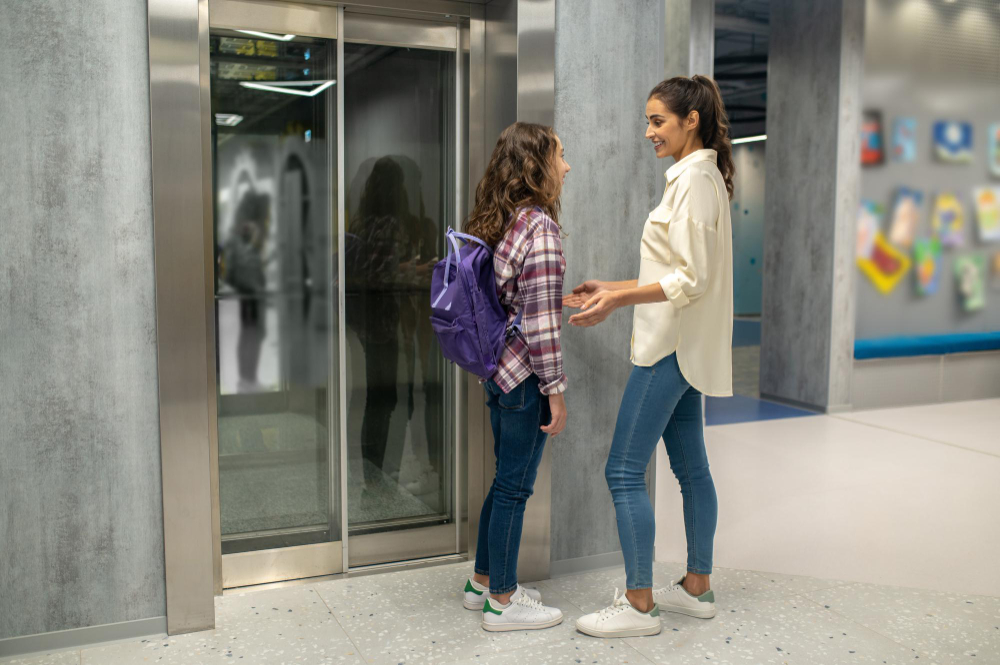When stepping into an elevator, many people experience a fleeting sense of unease. Popular culture, sensationalised films, and long-standing myths have fuelled the idea that elevators are risky. In reality, elevators are among the safest forms of transport within buildings. Thanks to strict regulations, rigorous maintenance, and ongoing elevator safety upgrades, the chance of a serious incident is remarkably low. Let’s take a closer look at the most common misconceptions surrounding elevator safety and reveal the truth behind them.
Myth 1: Elevators Frequently Fall
One of the most persistent fears is that an elevator could suddenly plunge several floors if something goes wrong. In reality, modern elevators are equipped with multiple safety mechanisms, including cables, counterweights, and automatic braking systems. Even in the unlikely event of a cable issue, backup systems immediately activate to prevent free fall.
Myth 2: Getting Stuck is Dangerous
While elevator entrapments can be inconvenient, they are rarely dangerous. If an elevator stops between floors, it is designed to remain stable and secure until trained professionals arrive. The safest action for passengers is to stay calm and wait for assistance rather than attempting to force open the doors.
Myth 3: Overcrowding Will Cause an Elevator to Crash
Elevators are engineered to handle their maximum rated capacity. If that capacity is exceeded, the system simply won’t move until weight is reduced. Sensors and load detection features prevent unsafe operation, ensuring that overcrowding does not put passengers at risk.
Myth 4: Elevators are Riskier Than Stairs
While it may feel safer to take the stairs, statistics tell a different story. Trips, slips, and falls on staircases are far more common than elevator-related incidents. Elevators provide a controlled, regulated environment, making them a safer option for many, particularly the elderly or those with mobility challenges.
Myth 5: Older Elevators Aren’t Safe
Another misconception is that older elevators pose a greater danger. While ageing equipment may lack modern features, they can be kept safe through regular servicing and the installation of updated components. Building managers often invest in targeted upgrades to bring older systems in line with today’s safety expectations.
The Reality: Elevators are Exceptionally Safe
Elevators undergo frequent inspections, comply with strict safety codes, and incorporate cutting-edge technology to ensure passenger safety. As with any mechanical system, proper maintenance is key, but for the everyday user, elevators represent one of the safest ways to travel within a building. By separating fact from fiction, it’s clear that the fears often associated with elevators are largely unfounded. Next time you step inside one, you can ride with confidence knowing that multiple systems are working behind the scenes to keep you safe.
